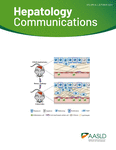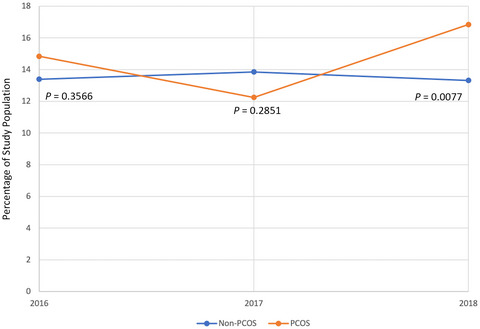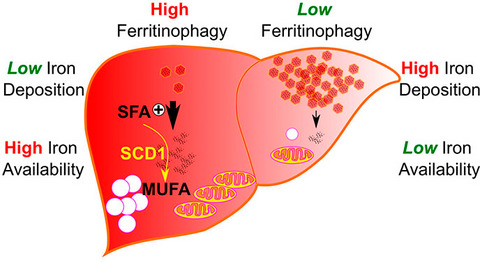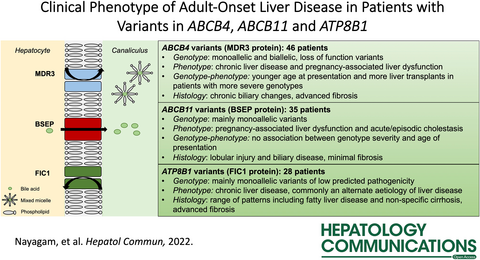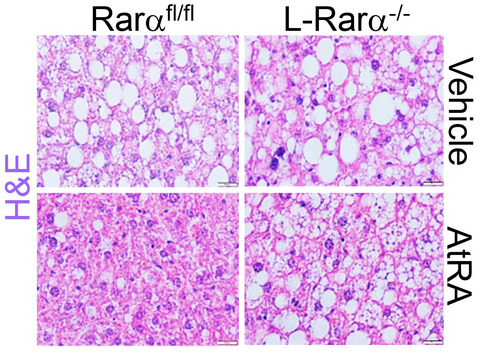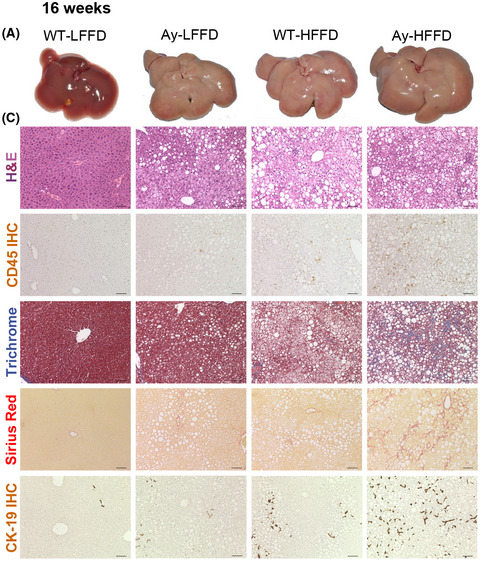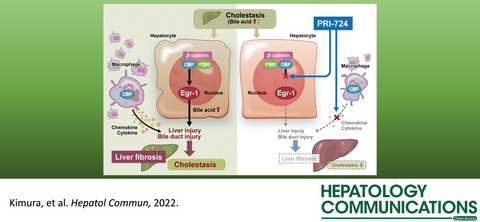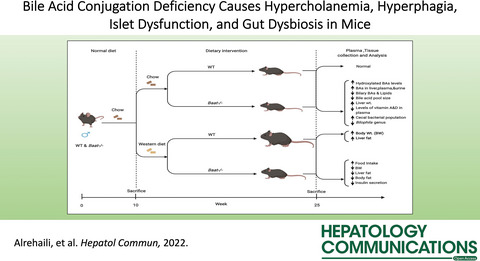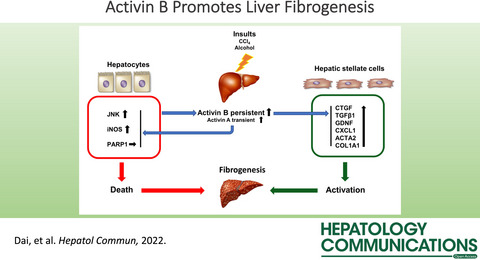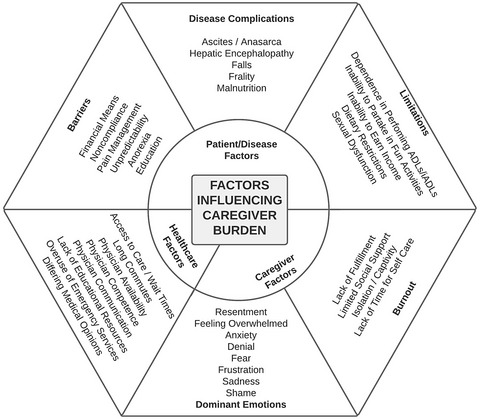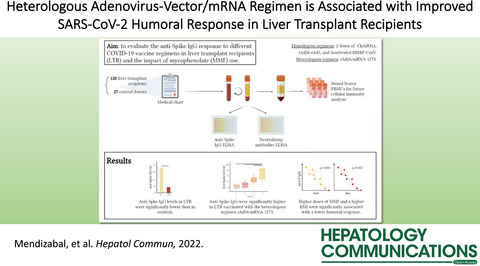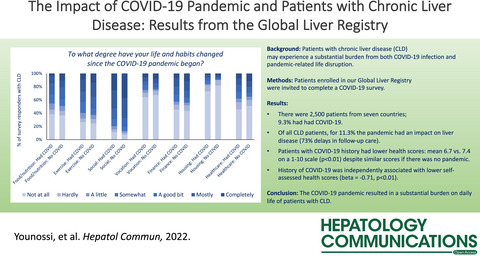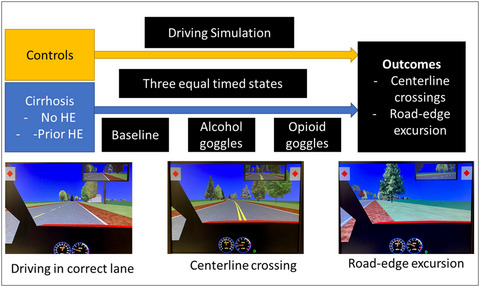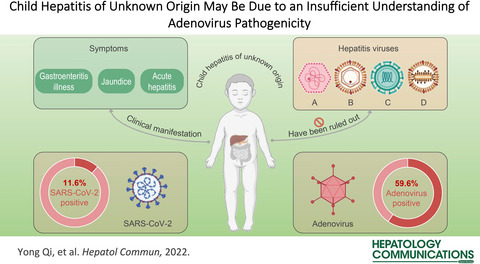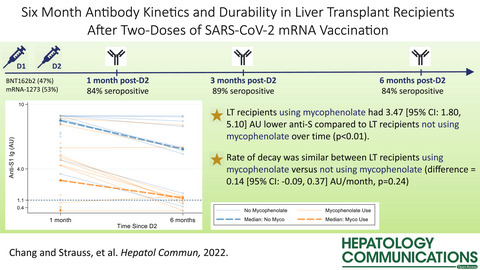Journal list menu
Export Citations
Download PDFs
Issue Information
REVIEW
GCKIII kinases in lipotoxicity: Roles in NAFLD and beyond
- Pages: 2613-2622
- First Published: 31 May 2022
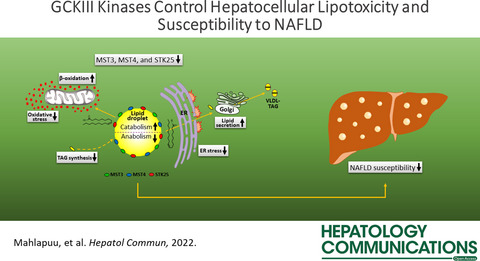
Nonalcoholic fatty liver disease (NAFLD) is defined by excessive accumulation of lipid droplets within hepatocytes. The STE20-type kinases comprising the GCKIII subfamily - MST3, MST4, and STK25 - decorate intrahepatocellular lipid droplets and have recently emerged as critical regulators of the initiation and progression of NAFLD. This review provides a brief overview of the recent studies in patient cohorts, cultured human cells, and mouse models, which have characterized the function of MST3, MST4, and STK25 in the regulation of hepatic lipid accretion, meta-inflammation, and associated cell damage in the context of NAFLD/NASH.
ORIGINAL ARTICLES
Association of changes in histologic severity of nonalcoholic steatohepatitis and changes in patient-reported quality of life
- Pages: 2623-2633
- First Published: 28 July 2022

People with serious liver disease due to excess body weight typically have lower quality of life than the general population. In this study, we explored whether changes in disease severity is associated with changes in patient reported quality of life from secondary analysis of two randomised controlled trials. We found that some improvements in liver disease were associated with small improvements in patient reported health reported quality of life.
Polycystic ovary syndrome is associated with nonalcoholic steatohepatitis in women of reproductive age
- Pages: 2634-2639
- First Published: 21 July 2022
Co-regulation of hepatic steatosis by ferritinophagy and unsaturated fatty acid supply
- Pages: 2640-2653
- First Published: 21 July 2022
Clinical phenotype of adult-onset liver disease in patients with variants in ABCB4, ABCB11, and ATP8B1
- Pages: 2654-2664
- First Published: 27 July 2022
Hepatic retinoic acid receptor alpha mediates all-trans retinoic acid's effect on diet-induced hepatosteatosis
- Pages: 2665-2675
- First Published: 19 July 2022
Mouse model of NASH that replicates key features of the human disease and progresses to fibrosis stage 3
- Pages: 2676-2688
- First Published: 03 August 2022
Hepatic patatin-like phospholipase domain-containing 3 levels are increased in I148M risk allele carriers and correlate with NAFLD in humans
- Pages: 2689-2701
- First Published: 14 July 2022
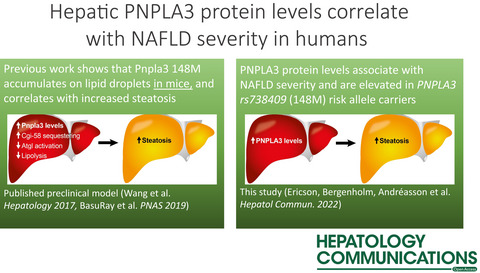
A specific variant in the PNPLA3 gene is a known genetic risk factor for NAFLD. We validated an antibody recognizing the PNPLA3 protein and used it to show that the PNPLA3 protein is primarily located on hepatic lipid droplets in human liver samples from patients with NAFLD. We also showed that PNPLA3 protein levels are associated with NAFLD and that carriers of the specific PNPLA3 gene variant had higher hepatic levels of the protein compared to subjects without the mutation. The hypothesis that increased hepatic PNPLA3 protein levels in subjects carrying the mutation contributes to their increased risk of NAFLD is supported.
Rhesus rotavirus receptor-binding site affects high mobility group box 1 release, altering the pathogenesis of experimental biliary atresia
- Pages: 2702-2714
- First Published: 22 July 2022
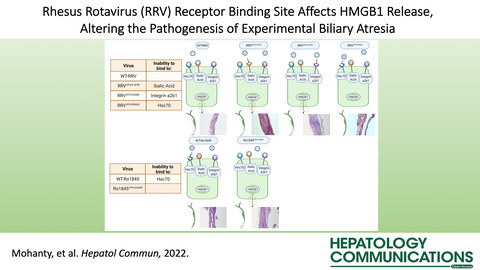
Utilizing novel single amino acid mutant strains of Rhesus rotavirus (RRV) corresponding to known cellular receptor binding sites (Heat shock cognate protein 70 (Hsc70), sialic acid, and integrin alpha2beta1) it was demonstrated that strains capable of binding to Hsc70 resulted in increased levels of HMGB1 and obstruction of the extrahepatic bile duct similar to that seen in wild-type RRV injection while ducts from mice infected with a mutant strain unable to bind to Heat shock cognate 70 (Hsc70) remained patent with lower levels of HMGB1. RRV infection of WT-HeLa cells resulted in HMGB1 release while HeLa Hsc70 KO cells were unable to release HMGB1; however, release was reestablished following transfection with WT-Hsc70. This data suggests that Hsc70 binding is integral in HMGB1 release potentially driving the obstruction process.
Mast cells selectively target large cholangiocytes during biliary injury via H2HR-mediated cAMP/pERK1/2 signaling
- Pages: 2715-2731
- First Published: 07 July 2022
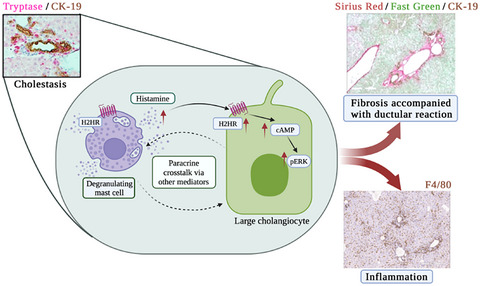
In our study, we demonstrated that during liver injury, paracrine crosstalk between cholangiocytes and MCs is regulated by MC-H2HR that promotes cholestatic phenotypes in primary sclerosing cholangitis (PSC). There is an association between MCs and large intrahepatic bile duct mass (IBDM) and senescence, suggesting that MCs preferentially interact with large cholangiocytes during damage. Moreover, large cholangiocyte-MC crosstalk influences inflammation and peribiliary fibrosis, preferentially around large ducts. Inhibition of MC-H2HR ameliorates cholestatic damage by decreasing large IBDM, biliary senescence, hepatic fibrosis, and inflammation. In our study we have utilized several mouse models of cholestatic injury along with correlation in human PSC samples to increase clinical relevance.
Inhibition of CBP/β-catenin signaling ameliorated fibrosis in cholestatic liver disease
- Pages: 2732-2747
- First Published: 20 July 2022
Molecular determinants of peri-apical targeting of inositol 1,4,5-trisphosphate receptor type 3 in cholangiocytes
- Pages: 2748-2764
- First Published: 19 July 2022
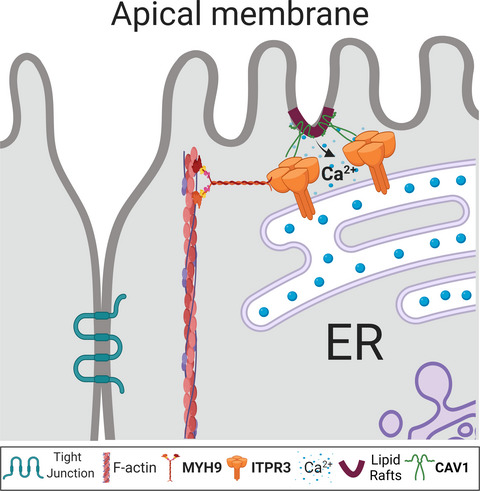
Proposed model for the roles of MYH9 and CAV1 in localizing ITPR3 to the apical region. Our findings suggest that both MYH9 and CAV1 are necessary for proper localization of ITPR3 to the periapical region. One possible explanation that is consistent with the known roles of these two proteins is that MYH9 is responsible for transporting newly synthesized ITPR3 along actin filaments to the apical region, while CAV1 is responsible for maintaining apical ITPR3 in proximity to lipid rafts in the apical membrane. Maintenance of this apical pool of ITPR3 then permits the local Ca2+ signals that are necessary for secretion.
Bile acid conjugation deficiency causes hypercholanemia, hyperphagia, islet dysfunction, and gut dysbiosis in mice
- Pages: 2765-2780
- First Published: 22 July 2022
Loss of heat shock factor 1 promotes hepatic stellate cell activation and drives liver fibrosis
- Pages: 2781-2797
- First Published: 09 August 2022

Schematic representation depicting the role of master proteostasis regulator, heat shock factor 1 (HSF1) in hepatic stellate cell activation in liver fibrosis. Deficiency of HSF1 promotes fibrosis by facilitating hepatic stellate cell activation whereas activation of HSF1 reduces stellate cell activation and alleviates fibrosis.
Cellular communication network factor 1-stimulated liver macrophage efferocytosis drives hepatic stellate cell activation and liver fibrosis
- Pages: 2798-2811
- First Published: 05 August 2022

We show that CCN1 induces liver macrophage efferocytosis of apoptotic neutrophils in CCl4-induced liver injury, leading to the production of activated TGF-β1, which in turn induces HSC transdifferentiation into myofibroblast-like cells that promote fibrosis development. These results reveal the crucial role of CCN1 in stimulating liver macrophage clearance of apoptotic neutrophils, a process that drives HSC transdifferentiation into myofibroblastic cells and underlies fibrogenesis in chronic liver injury.
Activin B promotes the initiation and progression of liver fibrosis
- Pages: 2812-2826
- First Published: 22 July 2022
The emotional burden of caregiving for patients with cirrhosis
- Pages: 2827-2835
- First Published: 06 July 2022
Up-regulated LRRN2 expression as a marker for graft quality in living donor liver transplantation
- Pages: 2836-2849
- First Published: 27 July 2022
Heterologous adenovirus-vector/messenger RNA regimen is associated with improved severe acute respiratory syndrome coronavirus 2 humoral response in liver transplant recipients
- Pages: 2850-2859
- First Published: 28 July 2022
The impact of the COVID-19 pandemic on patients with chronic liver disease: Results from the Global Liver Registry
- Pages: 2860-2866
- First Published: 26 July 2022
Substance-use simulation impairs driving capability in patients with cirrhosis regardless of hepatic encephalopathy
- Pages: 2867-2875
- First Published: 17 July 2022
Speech patterns and enunciation for encephalopathy determination—A prospective study of hepatic encephalopathy
- Pages: 2876-2885
- First Published: 21 July 2022
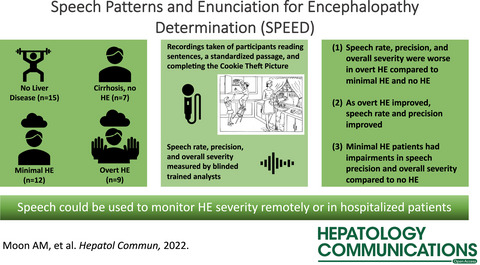
In this prospective observational study, we performed audio recordings of reading, sentence repetition and picture description tasks for patients with overt hepatic encephalopathy (HE), minimal HE, cirrhosis without HE and participants without liver disease. Overt HE participants demonstrated impaired speech rate, precision and overall speech severity compared to non-liver disease controls and non-HE cirrhosis and these parameters improved substantially as overt HE improved. These findings provide important early evidence that monitoring of speech is feasible in the inpatient setting and could be used to diagnose, stage, and monitor both overt and minimal HE.
Ranking of transarterial and targeted therapies for advanced hepatocellular carcinoma in the era of immuno-oncology: A network meta-analysis of randomized sorafenib-controlled trials
- Pages: 2886-2900
- First Published: 04 July 2022
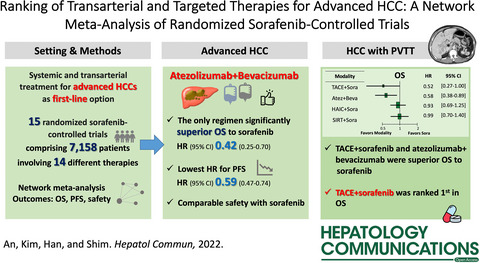
The present network meta-analysis of phase 2 and 3 randomized, sorafenib-controlled trials of all relevant transarterial and targeted regimens reveals that atezolizumab+ bevacizumab achieved top place with superior ability to extend survival and delay progression in advanced HCC patients. Transarterial chemoembolization combined with sorafenib seemed to provide more benefit than sorafenib alone in prolonging survival in the subgroup with portal vein tumor thrombosis, and it ranked first with respect to overall survival in this subgroup, followed by atezolizumab+ bevacizumab.
A flexible three-dimensional heterophase computed tomography hepatocellular carcinoma detection algorithm for generalizable and practical screening
- Pages: 2901-2913
- First Published: 19 July 2022
Loss of SLC46A1 decreases tumor iron content in hepatocellular carcinoma
- Pages: 2914-2924
- First Published: 10 July 2022
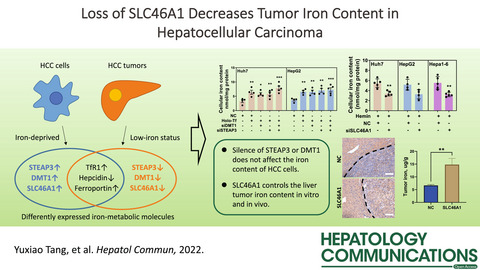
Iron metabolism is dysrupted in hepatocellular cacinoma with decreased tumor iron content and abnormal expressions of iron-metabolic molecules. Among these, the decrease of SLC46A1 is responsible for the dyshomeostasis of iron; the regain of it increases the tumor iron content and restores the expressions of iron-metabolic molecules.
Comparison of a multitarget blood test to ultrasound and alpha-fetoprotein for hepatocellular carcinoma surveillance: Results of a network meta-analysis
- Pages: 2925-2936
- First Published: 09 August 2022
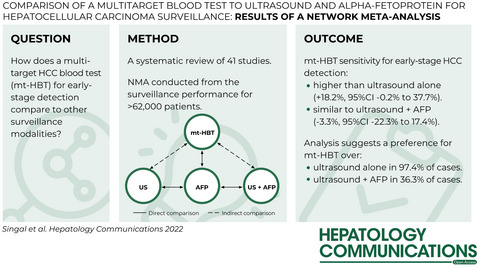
Based on a network meta-analysis of existing literature, surveillance using ultrasound with AFP had a significantly higher sensitivity for early-stage hepatocellular carcinoma (HCC) than ultrasound alone. A multi-targeted HCC blood test (mt-HBT) is a promising emerging surveillance strategy compared to ultrasound-based surveillance.
Reduction in gut-derived MUFAs via intestinal stearoyl-CoA desaturase 1 deletion drives susceptibility to NAFLD and hepatocarcinoma
- Pages: 2937-2949
- First Published: 28 July 2022
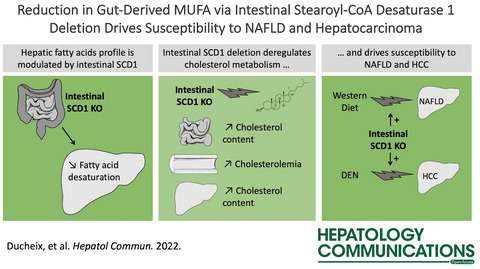
Hepatic fatty acid composition is modulated by the intestinal Stearoyl-CoA desaturase 1 (SCD1) capacity to produce MUFA. Derangement of intestinal MUFA synthesis leads to accumulation of hepatic cholesterol, a major determinant of NAFLD and its sequelae. By using preclinical murine models, here we showed that intestinal MUFA production limits the severity of NAFLD, NASH and HCC.
β-catenin cancer–enhancing genomic regions axis is involved in the development of fibrolamellar hepatocellular carcinoma
- Pages: 2950-2963
- First Published: 24 August 2022
Benefits of tailored hepatocellular carcinoma screening in patients with cirrhosis on cancer-specific and overall mortality: A modeling approach
- Pages: 2964-2974
- First Published: 25 August 2022
Non-transplantable recurrence after percutaneous thermal ablation of ≤3-cm HCC: Predictors and implications for treatment allocation
- Pages: 2975-2987
- First Published: 06 August 2022
CORRESPONDENCE
Child hepatitis of unknown origin may be due to insufficient understanding of adenovirus pathogenicity
- Pages: 2988-2989
- First Published: 06 June 2022
Letter to the editor: Six-month antibody kinetics and durability in liver transplant recipients after two doses of SARS-CoV-2 mRNA vaccination
- Pages: 2990-2992
- First Published: 05 July 2022
Response to Tinospora cordifolia (Giloy)-induced liver injury during the COVID-19 pandemic—Multicenter nationwide study from India
- Pages: 2993-2994
- First Published: 26 May 2022
Response to Tinospora cordifolia (giloy)-induced liver injury during the COVID-19 pandemic—Multicenter nationwide study from India
- Pages: 2995-2996
- First Published: 09 May 2022




